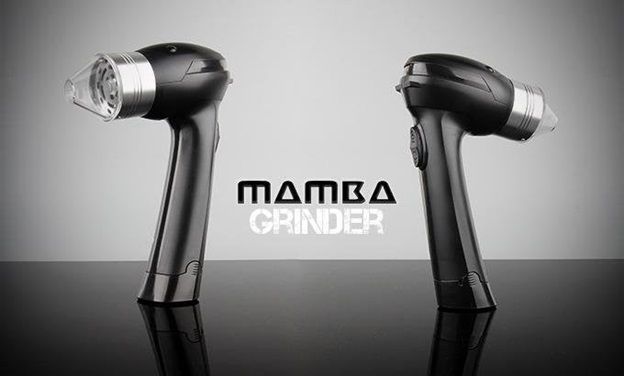A brief history of Grind
From the time people started consuming bud, there has been innovation and change in grinding. From smashing between two rocks, to a mortar and pestle, to manual grinders that we know today, enthusiasts have sought to get the most out of their herb. Today we wouldn’t consider bashing your herb between two rocks as an effective grinding option, but it was the best available at the time.
Fortunately, we now have a multitude of commercially available grinders – ones in various sizes, colours, shapes, and functions to meet nearly every need of the consumer. Commonly, a user’s first foray into grinding is made with a classic manual grinder: two round discs with interlocking posts and blades that can be turned against each other to grind your herb. This technology was patented in 1905 and little has changed in the manual grinding world since. A technology that works is a technology that doesn’t need to be changed, right? Wrong! Thankfully, as the Ford Model T has evolved into a wide range of much better vehicles (faster, smoother, more comfortable), grinders have evolved from simple manual models a la 1905 to handheld electric grinders that operate 20 times faster, with more consistency, and are accessible to those with hand injuries or pain.
Differences between manual and battery powered grinders
Manual grinders make use of two interlocking plates that the user twists to grind the bud against the posts and blades. Typically, the operator cannot see the product being ground, which often results in over or under grinding. Ground too finely, bud can reduce airflow and increase torching. Pieces that are too big do not release their oils and potency as readily. Manual grinders come in a wide range of sizes, from tiny pocket-sized units to larger table-top varieties. We searched high and low for our favourite manual grinder, and most left mush to be desired. We found them to be inconsistent, and several somehow managed to produce both a too-fine and too-bulky grind at the same time.
Electric grinders can be anywhere from electric grinder units that fit easily into a large pocket or small purse, larger units that attach to the end of a drill, or industrial sized grinders for manufacturers/producers who grind large quantities for packaging and distribution. Most electric grinders are preferred by users (of all scales of grinding) for their ease of use, consistent grind (with the right brands), and speed. Some even have cone-shaped dispensing tips that allow you to dispense your herb directly where you want it, with no spillage or contamination. In our testing of electric grinders, we preferred electric grinders that allowed users to toggle between turn directions to break up the herb in a more efficient way. We also liked electric grinders with a capacity of an ounce or larger – most of the manual grinders we found were unable to grind smoothly with that much herb. We tried a variety of electric dry herb grinders and manual grinders so you do not have to.
Which is best for you?
Electric or battery-powered herb grinders can be as-fast or up to 20 times faster than a typical manual grinder. If you’re used to manually grinding your herb, the first time you use a handheld electric grinder you will likely be blown away at the speed – where a typical electric grinder operator will feel transported back to the stone age when forced to use a manual grinder. It is important to know your own personal limitations and expectations when it comes to your grinding experience – if you are someone with muscle pain or fatigue, carpal tunnel, or arthritis, a manual grinder may exacerbate these symptoms with the repetitive squeezing, twisting, and turning. A great deal of dexterity is then required to clear the grinder of herb and funnel it where it needs to go. If these are concerns for you, try to find a grinder with a hygienic dispensing tip to eliminate these steps (and reduce the risk of contamination).



Stay connected